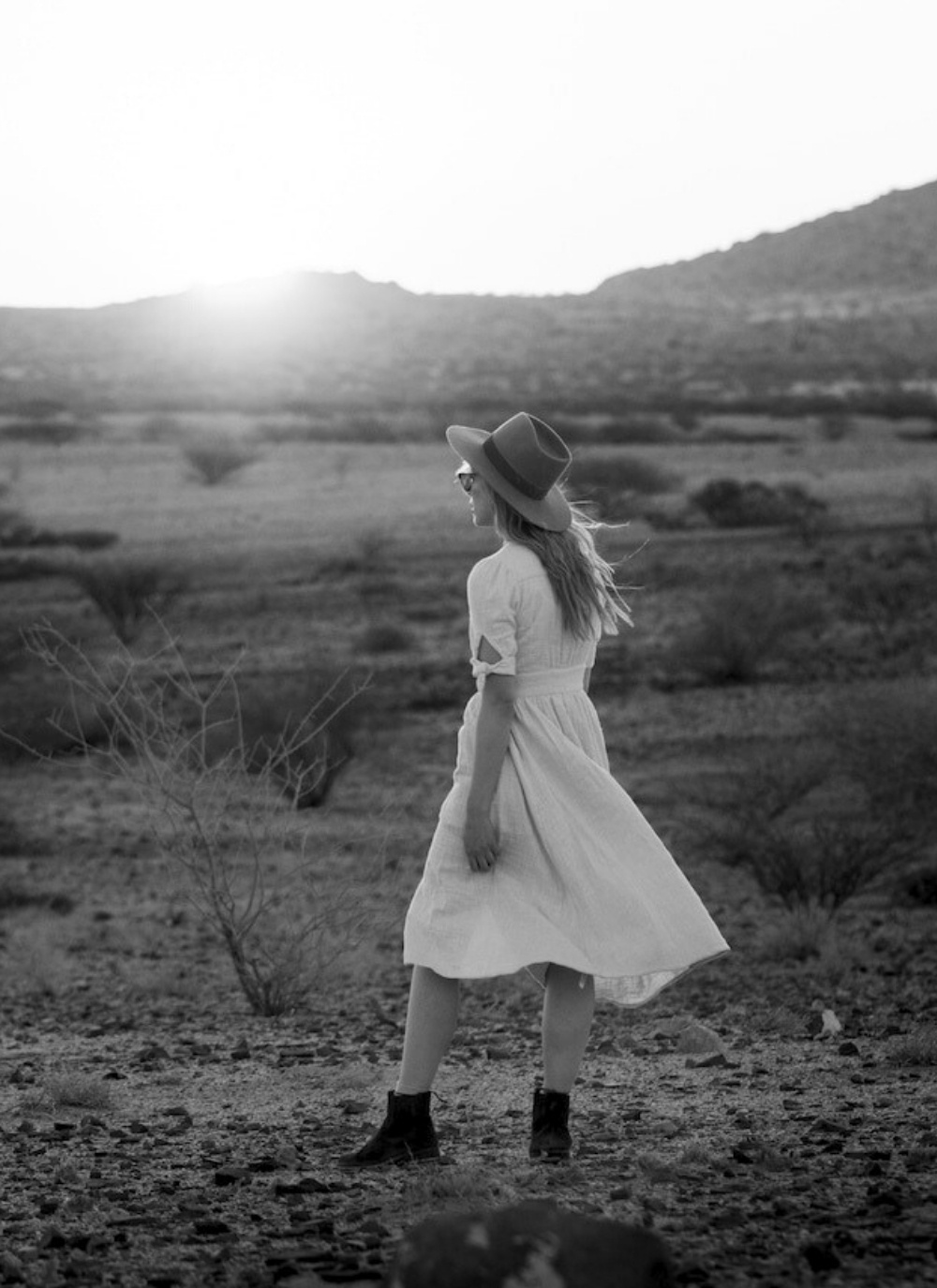Where the earth turns white, and time slows to the pace of an antelope’s breath. Few places in the world feel both ancient and lunar. Etosha is one of them.
It was my first safari. And still, nothing could have prepared me for the hush that falls when you first see an elephant crossing your path, or the pale shimmer of the salt pan stretching into forever.
A Landscape You Feel in Your Bones
Etosha isn’t only about the animals—though yes, they’re there, and yes, they are magnificent. But what lingers long after the trip is the space. The stillness. The way the earth seems to hum under your tires.
At the heart of the park lies the Etosha Pan, a vast, dry salt flat so large it can be seen from space. It feels extraterrestrial. Bone-white and barren, but alive with light. Driving across it is like traversing the inside of a silence you didn’t know you needed.
Self-Driving: Freedom in the Wild
One of the unique pleasures of Etosha is that you can drive yourself. The roads are well-maintained, and the distances beg to be traveled slowly.
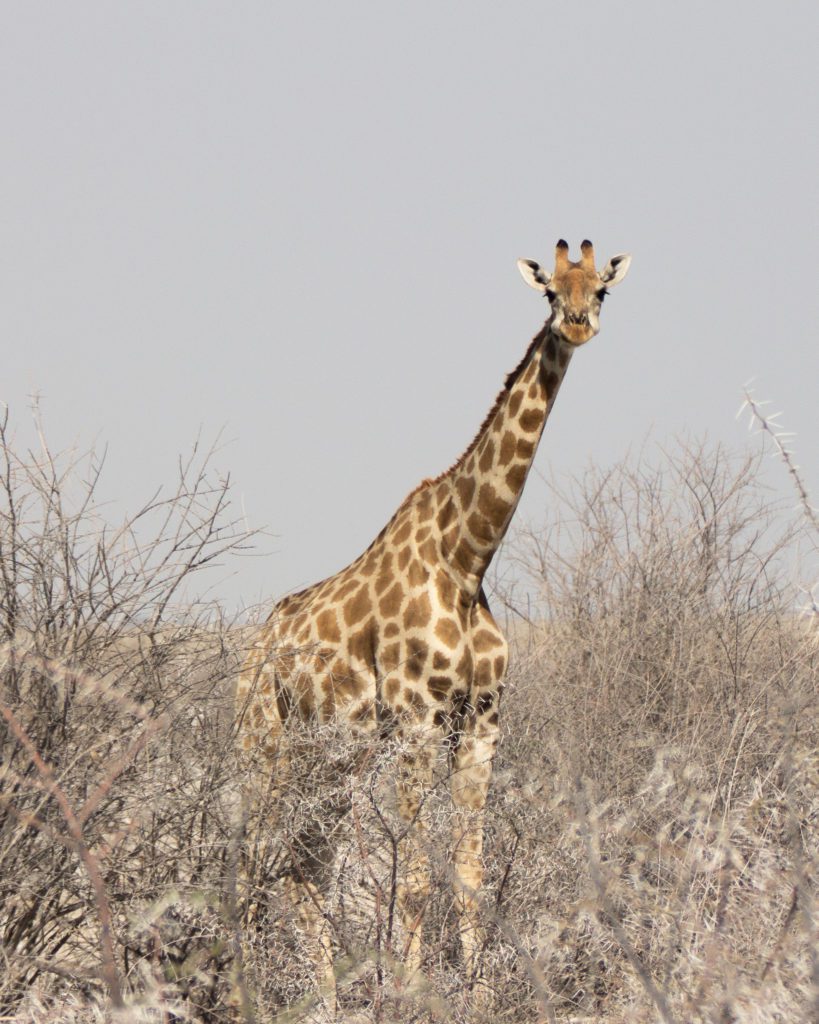

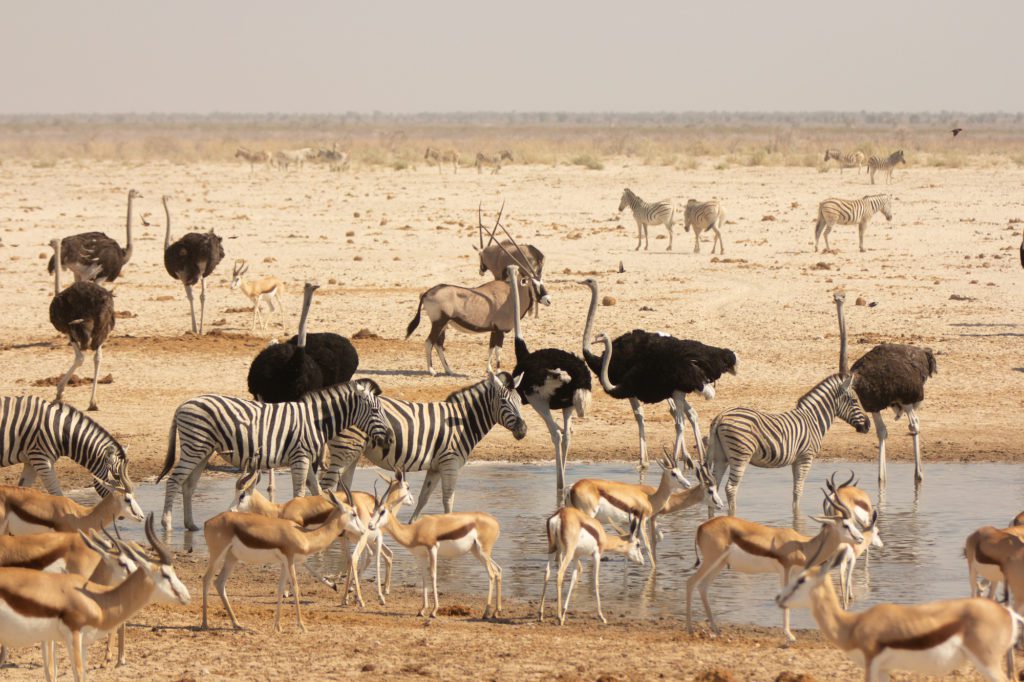
Wildlife in Contrast
The magic here lies not just in what you see, but where you see it. A herd of elephants framed against an infinite white horizon. A lion stretched beneath a single acacia. Giraffes that move like brushstrokes across the land.
There’s a cinematic quality to Etosha, but it’s not performance. Its presence. You’re not watching nature from afar; you’re invited into it.
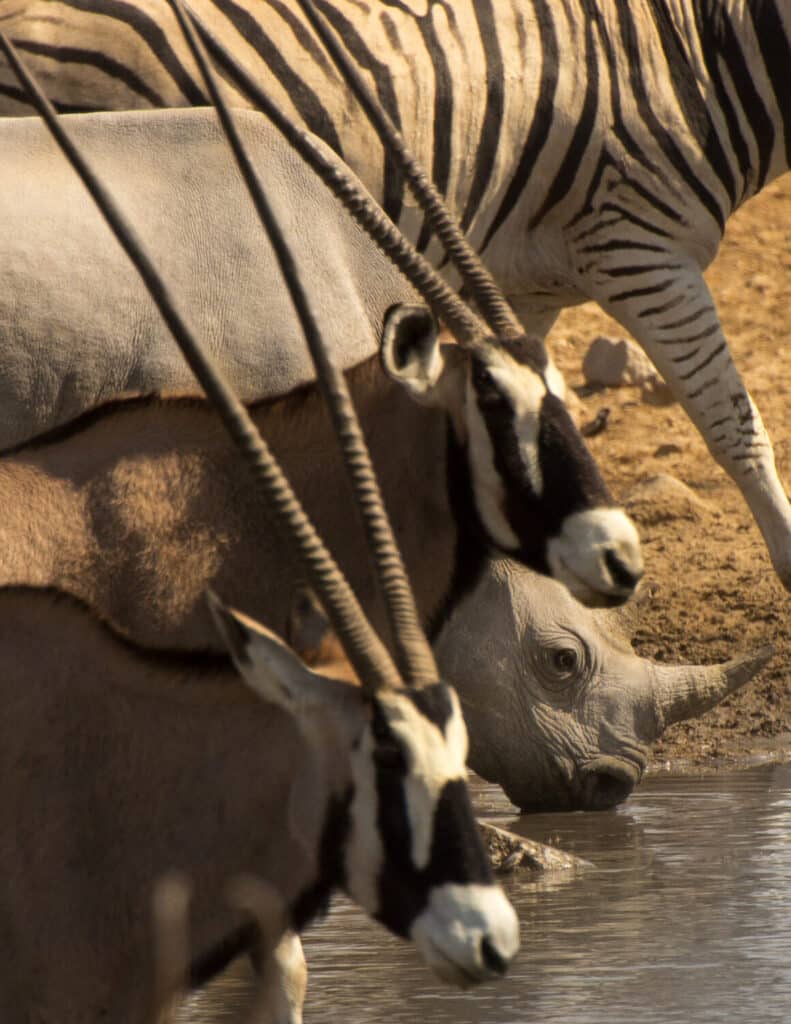
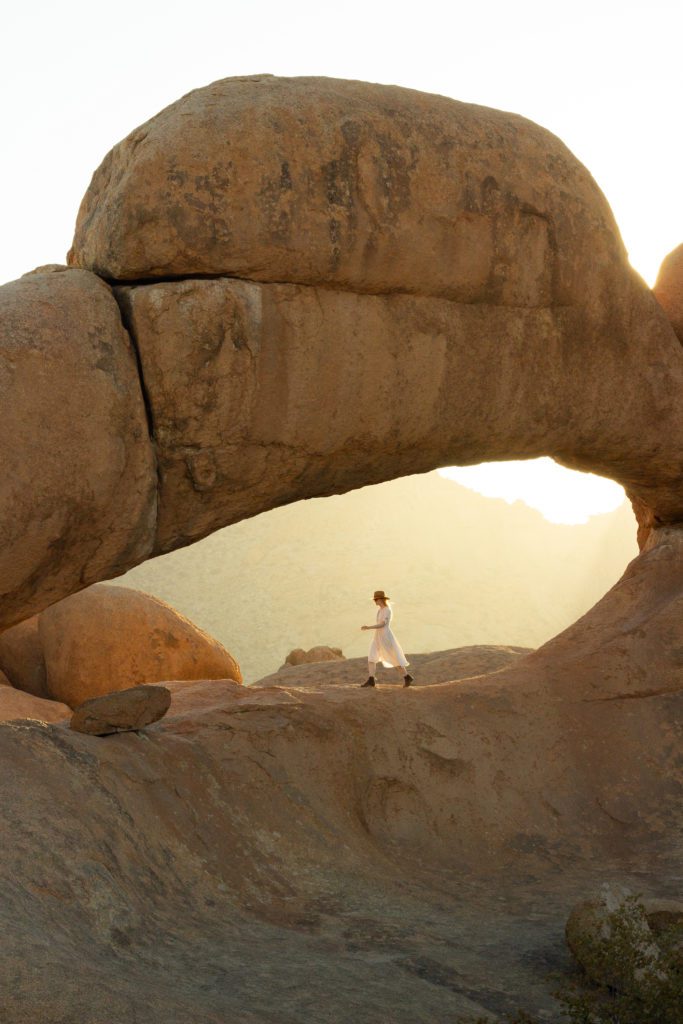
What Stayed With Me
- The way mornings tasted like dust and anticipation.
- The quiet joy of spotting springbok on the move.
- The moonlight over our lodge, silvering the stillness.
Etosha isn’t loud. It doesn’t need to be.
It speaks in vastness and pauses. In golden light and ghostly plains.
And if it’s your first safari, it’s the kind that ruins you, in the best way. Because you’ll forever compare every future landscape to this one.
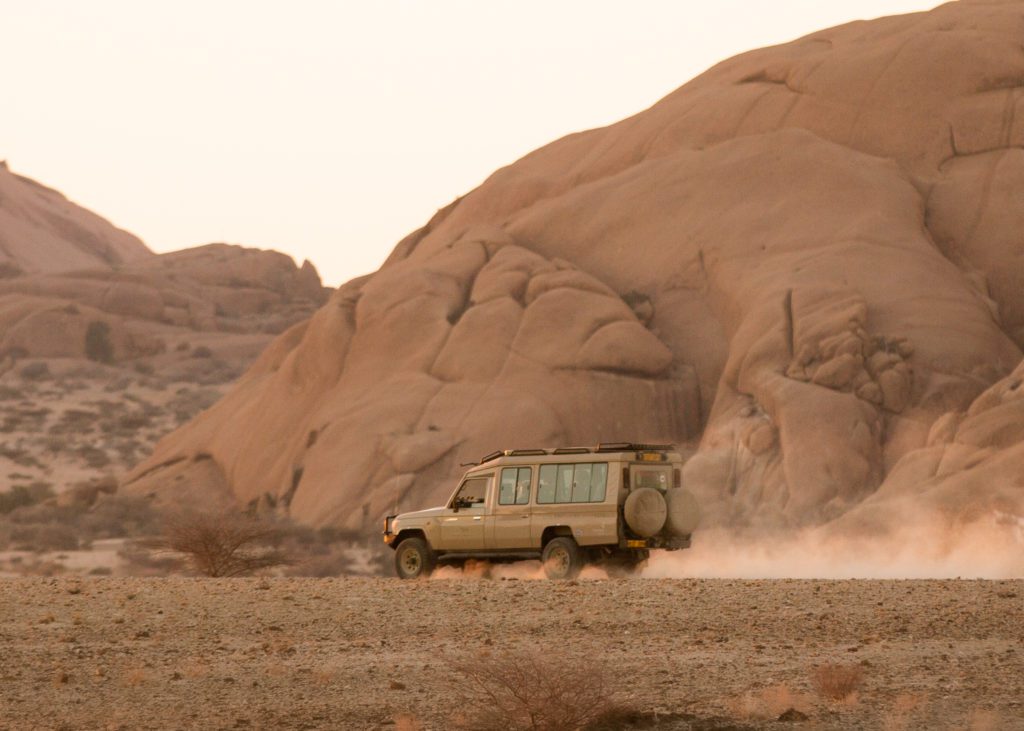
Down the waterhole
Unlike other wildlife parks in Africa, where you drive around for days looking for animals, Etosha holds the ability to bring the animals to you. The area covering more than 20,000 sq km, has more than 33 waterholes. Those are your best option to see wild animals, in particular during sunrise and sunset. Many camp sites in Etosha even have their own waterhole which makes them any photographer or nature lover’s dream. Picture twenty (if not more) elephants bathing and playing in the water.

